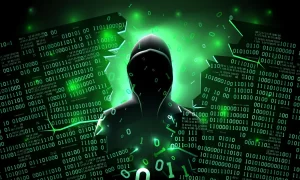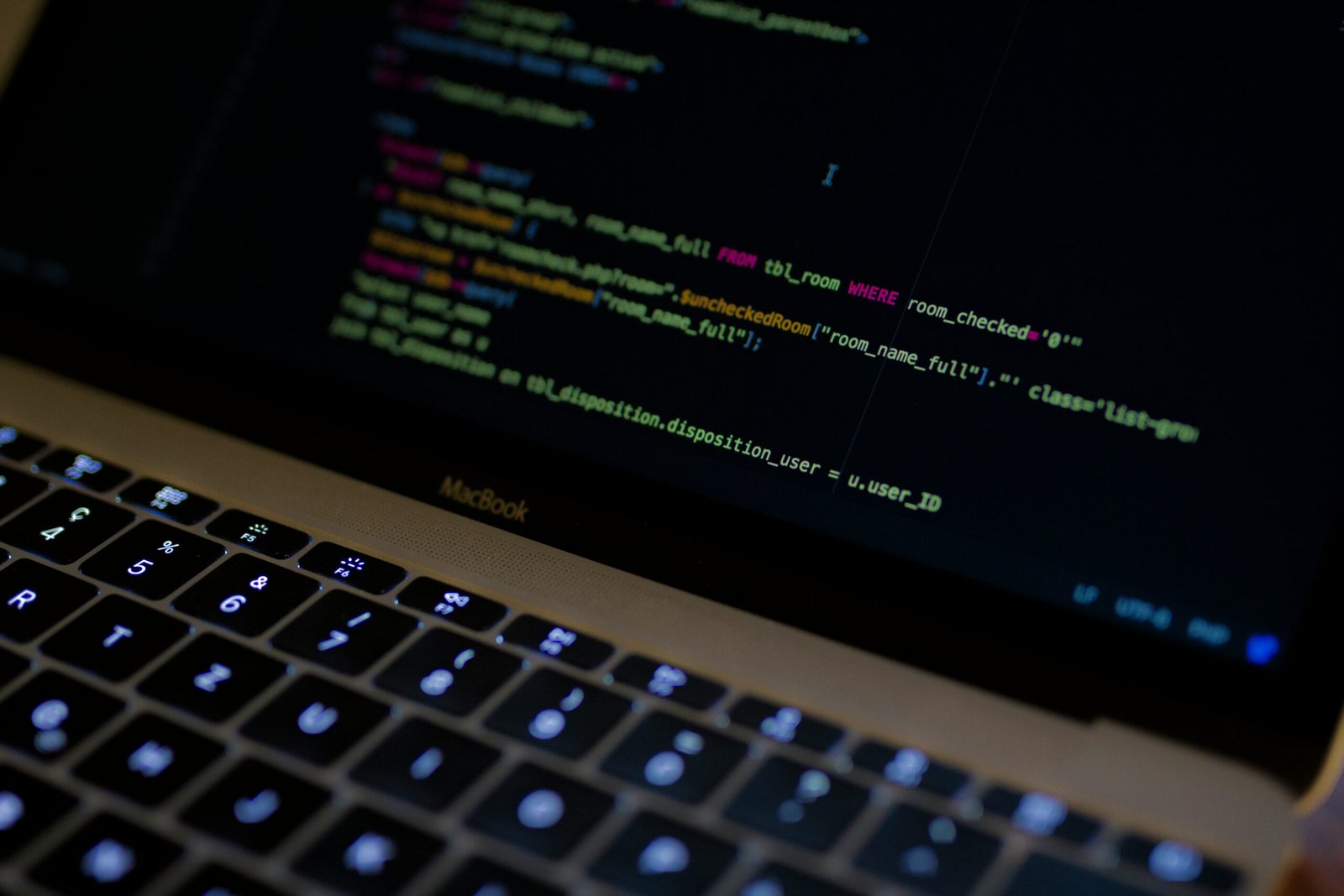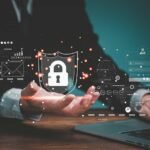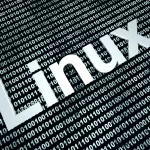Remote Access and Authentication
/ /
In the digital age, remote access has become essential for businesses and individuals to connect and collaborate across geographies. However, remote access introduces security risks that must be carefully addressed to protect sensitive data and ensure the integrity of digital connections. In this blog post, we explore the importance of secure remote access and authentication, discussing best practices, technologies, and strategies to safeguard digital connections.
- The Growing Significance of Remote Access: Discuss the increasing reliance on remote access in modern workplaces and the benefits it offers, including flexibility, productivity, and global collaboration. Highlight the importance of ensuring secure remote access to protect sensitive data, mitigate risks, and maintain business continuity.
- Understanding Remote Access Security Risks: Address the security risks associated with remote access, including unauthorized access, data breaches, and man-in-the-middle attacks. Discuss the potential vulnerabilities introduced by remote access technologies and the need for robust security measures.
- Virtual Private Networks (VPNs) for Secure Connections: Explain the role of Virtual Private Networks (VPNs) in establishing secure connections for remote access. Discuss how VPNs create encrypted tunnels, protect data in transit, and provide secure access to internal networks. Address the importance of VPN client configuration and secure VPN server administration.
- Multi-Factor Authentication (MFA) for Enhanced Security: Highlight the significance of multi-factor authentication (MFA) in strengthening remote access security. Discuss the use of additional factors, such as passwords, biometrics, smart cards, or one-time codes, to verify user identities. Address the benefits of implementing MFA and the importance of user education regarding its usage.
- Secure Remote Desktop Protocols: Discuss the secure remote desktop protocols, such as Remote Desktop Protocol (RDP) or Secure Shell (SSH), for accessing remote systems. Highlight the importance of secure configurations, strong passwords, and restricting access to authorized users. Address the risks associated with unsecured remote desktop protocols and the potential for unauthorized access.
- Endpoint Security and Device Management: Emphasize the significance of endpoint security and device management in remote access scenarios. Discuss the importance of enforcing strong security measures on remote devices, including anti-malware software, regular security updates, and secure configurations. Address the role of device management solutions in maintaining control over remote devices.
- Network Segmentation and Access Controls: Highlight the importance of network segmentation and access controls to limit the scope of remote access. Discuss the use of firewalls, virtual LANs (VLANs), and network segmentation to isolate remote access systems from critical internal networks. Address the need for strict access controls based on user roles and responsibilities.
- Continuous Monitoring and Intrusion Detection: Discuss the significance of continuous monitoring and intrusion detection mechanisms to identify and respond to potential security incidents. Address the importance of log monitoring, network traffic analysis, and intrusion detection systems (IDS) to detect unauthorized access attempts or suspicious activities.
Posted in Blogs































